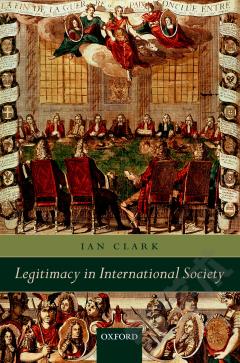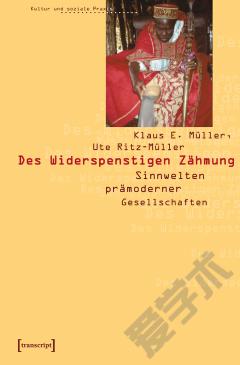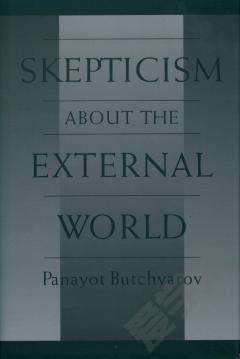Statelessness —— The Enigma of the International Community
----- 无国籍
Introduction I. Two Communities II. Who is Stateless? III. The Extent of Statelessness IV. Efforts to Eradicate Statelessness V. Legal Obligation and an International Community VI. My Approach VII. Overview of the Book 1. Two International Communities I. What is an International Community? II. The International Community as the Aggregate of the Wills of States III. Destabilization of the International Community as the Aggregated Wills of State Members IV. Legal Obligation and Statelessness V. Conclusion 2. The Discursive Contingency of an International Community I. The Emergence of an Early International Community of States II. The Role of the Natural Person in the Early Modern International Community III. The Bounded Residuary IV. The Emergence of the Judicial Doctrine of Reserved Domain V. The Content of the Reserved Domain VI. Conclusion 3. The Consequences of Statelessness I. Consequences of the 'Operation' of Nationality Law II. The Absence of Legal Protection III. The Consequences for Three Groups IV. Social, Economic and Psychological Consequences V. Conclusion 4. The Reserved Domain for the Treaty Right to Nationality I. Introduction II. The Statelessness Treaties III. The Human Rights Treaties IV. The Priority of the Reserved Domain over the Right to Nationality V. The Limitations Clauses VI. The Non-derogation Clauses VII. Conclusion 5. Customary Norms and a Right to Nationality I. A Sense of Obligation II. State Practices III. The Problem of an Empty International Community IV. The International Community as a Whole V. Conclusion 6. The Legal Bond I. Legal Obligation II. The Discursive Struggle III. The Legal Bond as a Social Bond: Nottebohm IV. The Discursive Tradition of Effective Nationality V. Evidence of Social Bonds as Legal Bond VI. The Judicial Scrutiny of Social Relationships VII. Conclusion 7. Does a Stateless Person have a Country? I. Habitual Residence II. One's Own Country as the Place of One's Social Bonding III. Conclusion 8. The State Obligation to Protect Stateless Persons I. Legal Obligation and the Aggregated International Community II. The Displacement of the Boundary III. The Role of the Courts with Regard to Stateless Persons IV. What is 'the Operation of Its Law'? V. The Legal Obligation to Protect Stateless Persons VI. Conclusion 9. The International Community as a Whole I. The Character of the International Community as a Whole II. A Community III. The Existence Conditions of the International Community as a Whole IV. Legal Objectivity V. Legal Subjectivity VI. Harm to Stateless Persons as Harm to the International Community as a Whole VII. Conclusion Conclusion I. The Territorial Knowledge of Legal Space II. The Obligatory Character of Nationality Law III. The International Community as a Whole
{{comment.content}}








 京公网安备 11010802027623号
京公网安备 11010802027623号